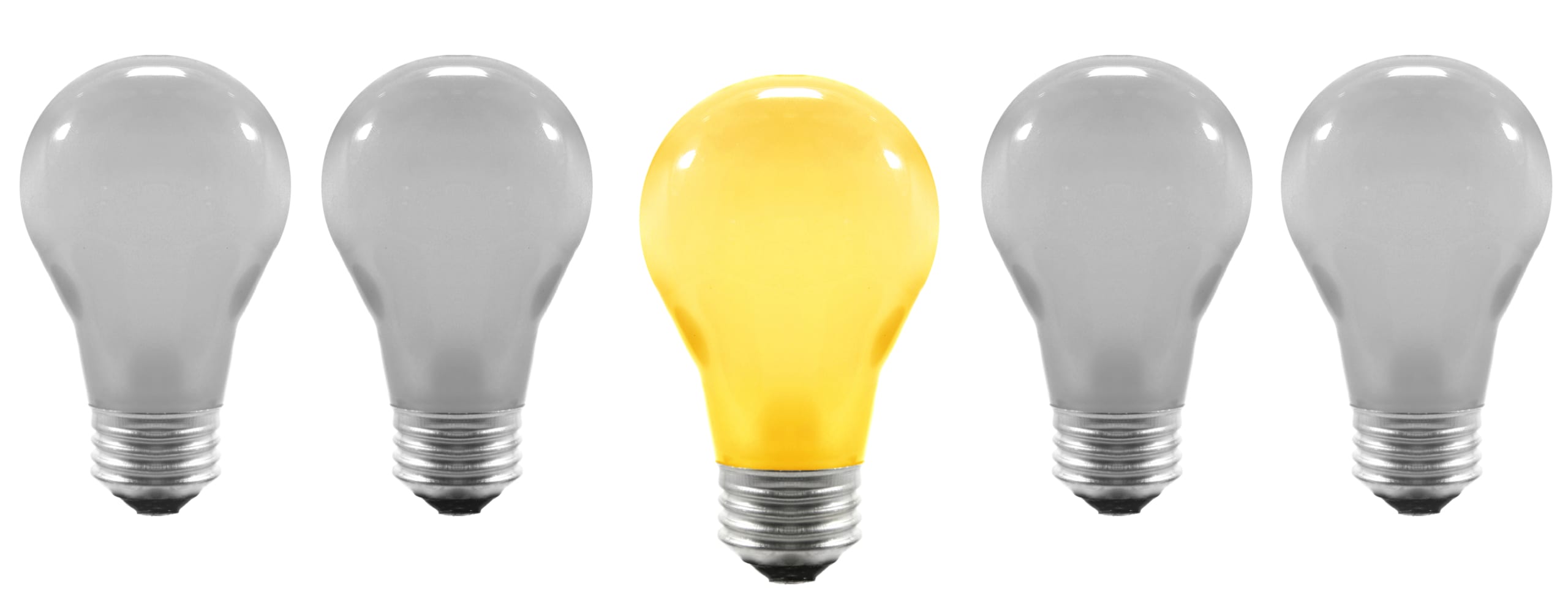During diabetes management educational sessions, discussions frequently take place at the end of each training class. Interest levels on related diabetes topics tend to appear after learning the diabetes basics and interesting questions are asked.
Let’s examine some of the more recent ones:
What is the connection between diabetes and thyroid disease?
According to The National Institutes of Health (NIH), “There is a higher prevalence of thyroid disorders among people with diabetes compared with the general population”. This conclusion was based on research of the metabolic syndrome, obesity and diabetes. There has been an increase in the last several decades of thyroid cancer, but the reasons are still largely unknown. The diagnosis may just be due to better technology, earlier detection and frequency of testing. Type 1 diabetes is an autoimmune disease. Thyroid disease is also an autoimmune problem, too. It can lead to metabolic syndrome which raises the risk of type 2 diabetes.
What does the thyroid do?
The thyroid is a gland shaped like a butterfly in your lower neck. Both the thyroid gland and thyroid hormones help to regulate many of your bodily processes such as growth, muscular function, development, cardiovascular system and metabolism. Since metabolism may be off, blood sugars can alter causing more cases of diabetes form. Thyroid issues make it more difficult to regulate blood glucose levels as both hyperthyroidism and hypothyroidism can influence blood sugars.
Hyperthyroidism (high)
Hyperthyroidism accelerates the processing and elimination of insulin from the body, which raises blood sugars. Thyroid hormones need to be regulated or insulin needs will rise.
Symptoms include:
- Difficulty concentrating
- Weight loss
- Bigger appetite
- Sweating and nervousness
- Heat intolerance
- Pounding heartbeat and elevated heart rate
Hypothyroidism (low):
Hypothyroidism can make insulin stay around your system longer, causing a higher risk of hypoglycemia.
Symptoms include:
- Feeling cold all the time
- Thinning hair and hair loss
- Extremely dry skin
- Weight gain and low energy levels
- Poor concentration and depression
How you can avoid one problem becoming another
Maintain a healthy weight and have your waist circumference checked regularly. Keep blood sugars in the 80-150mg target range as much as possible. Take all medications as recommended and do not skip a dose. Lower insulin resistance with regular exercise and weight loss. Be tested for thyroid disease, especially if you have type 1 diabetes. It can be as high as 30% chance and odds are 8 times greater in women.
Types of Salt: What is the Difference?
Table salt is the most common type of salt. It is highly refined, stripped of other minerals, small in crystal size and iodine is usually added to it. Kosher salt is raked into larger crystals. Sea salt comes from the ocean and is less processed than table salt. It contains more minerals including potassium, zinc, calcium, magnesium, sulfur and bromide. The larger crystals give it a “burst of flavor” when eaten. Himalayan pink salt is mined in Pakistan. Rust in the mines gives the salt its pink color. In the end, gourmet salts are not lower in sodium. The difference is in the size of the grain, color, flavor and texture of the salt.
Tips for you regarding salt
Although it is never recommended that you entirely eliminate salt from your diet, here are several strategies to help you reduce your intake:
- Avoid food products that contain more than 140mg of salt per serving. Look for low sodium choices. Read labels.
- Focus on fresh, whole foods and limit or avoid processed foods, convenience foods and frozen meals.
- Season with fresh cut herbs or dried spices. Use blends such as Mrs. Dash which do not add sodium.
- Rinse canned beans and other canned vegetables before using.
- Purchase low sodium soups and broths. Consider making your own homemade soups.
- Avoid bottled salad dressings. Use fresh lemon, garlic or olive oil and vinegar to flavor salads.
- Do not add salt to boiling noodles, pasta or potatoes.
What is pancreatitis? Does it cause diabetes?
The pancreas is an organ which is part of the digestive system. It produces digestive enzymes and hormones including insulin to help digest your food. Insulin unlocks the cells in the body to allow glucose inside for energy. When the pancreas becomes swollen or inflamed, it cannot function properly, which leads to pancreatitis.
Acute pancreatitis:
Comes on suddenly and usually only lasts briefly.
Chronic pancreatitis:
It can occur many times over multiple years. Chronic inflammation of the pancreas can damage Beta cells which produce insulin. 45-50% of people with chronic pancreatitis will develop type 2 diabetes. People with diabetes have a 2-3-time increased risk of developing pancreatitis.
What can cause pancreatitis?
Causes of pancreatitis include formation of gallstones that block the pancreatic duct, drinking too much alcohol, an immune attack on your pancreas, having high triglycerides or having high levels of calcium in the blood. Genetic mutations, viral infections and a family history may also be a cause. Even taking certain medications such as diabetes medications called GLP1s or DPP4s can increase your risk. Other medicines which may cause pancreatitis are steroids, certain antibiotics, estrogen supplements or water pills.
Symptoms of pancreatitis:
- Abdominal tenderness or pain
- Nausea and vomiting
- Jaundice or yellowing of the skin
- Indigestion or bloating
- Fever
Diagnosing pancreatitis uses bloodwork and imaging such as an ultrasound, MRI or CT scan. Embracing lifestyle changes can help successfully treat pancreatitis, with fewer flare-ups. These changes include quitting smoking, reduced or no alcohol intake, avoiding saturated fats and red meats, reducing fried foods and excluding refined or added sugars. Exercising regularly and maintaining a healthy body weight also reduces your risk of pancreatitis.
If you do suffer with pancreatitis, it is not a guarantee you will develop type 2 diabetes. Having diabetes does not necessarily mean you will definitely have an episode of pancreatitis. Know the symptoms and what to do to lower your chances.
What did we learn?
Learning from each other is very important since many of you often have the same questions, so keep asking and keep learning!







Leave A Comment